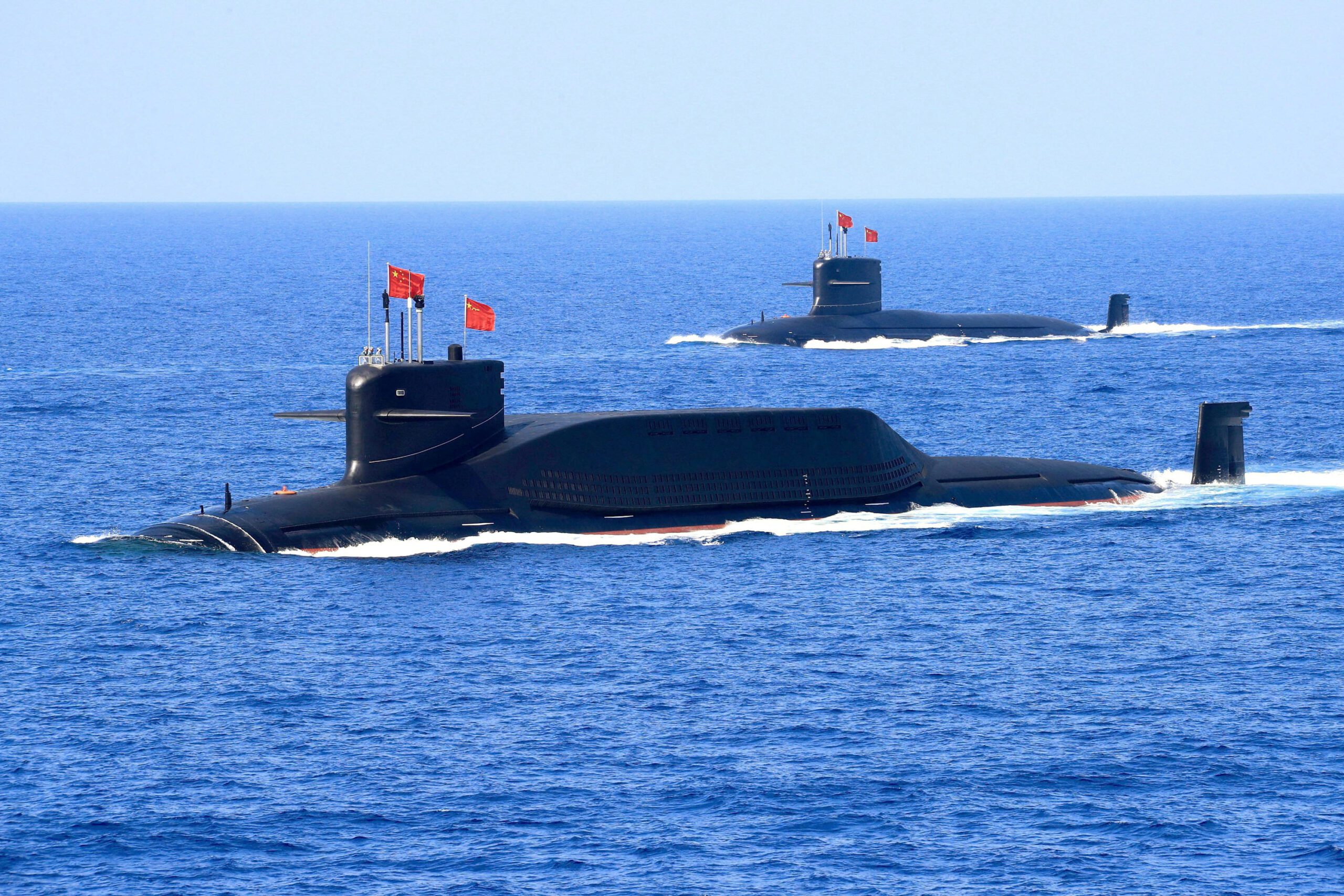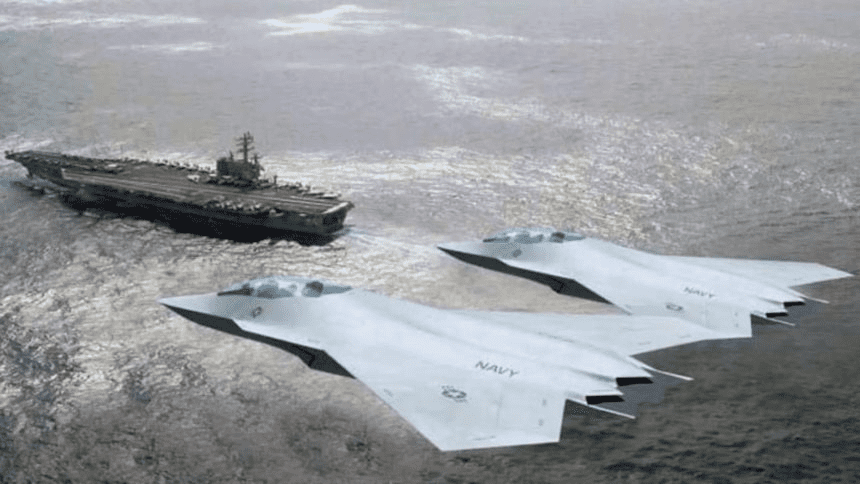By Tony Capaccio
(Bloomberg) –The US and two of its closest parters are set to test a new way to track Chinese submarines using artificial intelligence.
Crews flying Pacific missions on the US Navy’s top maritime surveillance and attack aircraft will be using AI algorithms to rapidly process sonar data gathered by underwater devices of the US, UK and Australia, the defense chiefs of the three nations announced Friday.
The technology could enable the allies to track Chinese submarines with greater speed and accuracy as they search for ways to blunt the impact of China’s rapid military modernization and growing global assertiveness. The tests are part of the three nations’ extensive technology-sharing agreement known as Aukus Pillar II.
“These joint advances will allow for timely high-volume data exploitation, improving our anti-submarine warfare capabilities,” according to a joint statement from US Secretary of Defense Lloyd Austin, Australian Defense Minister Richard Marles and UK Secretary of State for Defense Grant Shapps during a meeting in California.
The three powers said they would deploy advanced artificial intelligence algorithms on multiple systems, including the P-8A Poseidon aircraft to process data from each nation’s sonobuoys, underwater detection devices.
All three nations fly the naval aircraft made by Boeing Co. The US version of the warplane flies regular patrols in the Pacific, including the South China Sea, where they are occasionally buzzed by Chinese fighters. The Poseidon carries torpedoes and cruise missiles to attack submarines and surface vessels.
The announcements are part of a broader security partnership among the three allies known as Aukus, one of a number of regional alliances the US has pursued to counter China.
Pillar I of the partnership focused on building up Australia’s domestic nuclear-powered submarine capability, which will culminate in the joint development of a new submarine for fielding by 2040. Pillar II focuses on cooperation in eight technological areas, including quantum technologies, advanced cybersecurity and hypersonic weapons.
The three defense chiefs announced plans to integrate their ability to launch and recover undersea drone vehicles from torpedo tubes on their current submarines for underwater attack and intelligence-gathering, according to the announcement.
“This capability increases the range and capability of our undersea forces and will also support” Australia’s eventual new submarine called “SSN-AUKUS,” the announcement read.
According to the Pentagon’s latest annual report on China’s military, the country currently operates six nuclear-powered ballistic missile submarines, six nuclear-powered attack submarines, and 48 diesel powered/air-independent powered attack submarines.
The Chinese navy’s “submarine force is expected to grow to 65 units by 2025 and 80 units by 2035 despite the ongoing retirement of older hulls due to an expansion of submarine construction capacity,” the report found.
The three military leaders also announced plans to:
- Convene a standing “Industry Forum” with government and industry representatives “to help inform policy, technical, and commercial frameworks to facilitate the development and delivery of advanced capabilities.” The first meeting will occur by June 30;
- Expand private sector engagement by creating an “Aukus Defense Investors Network” to strengthen financing and facilitate industry connectivity; and
- Launch a series of “Innovation Prize Challenges” starting early next year with industries from the three countries competing on innovative solutions to complex military challenges. The first will focus on electronic warfare.
© 2023 Bloomberg L.P.

 Join The Club
Join The Club











